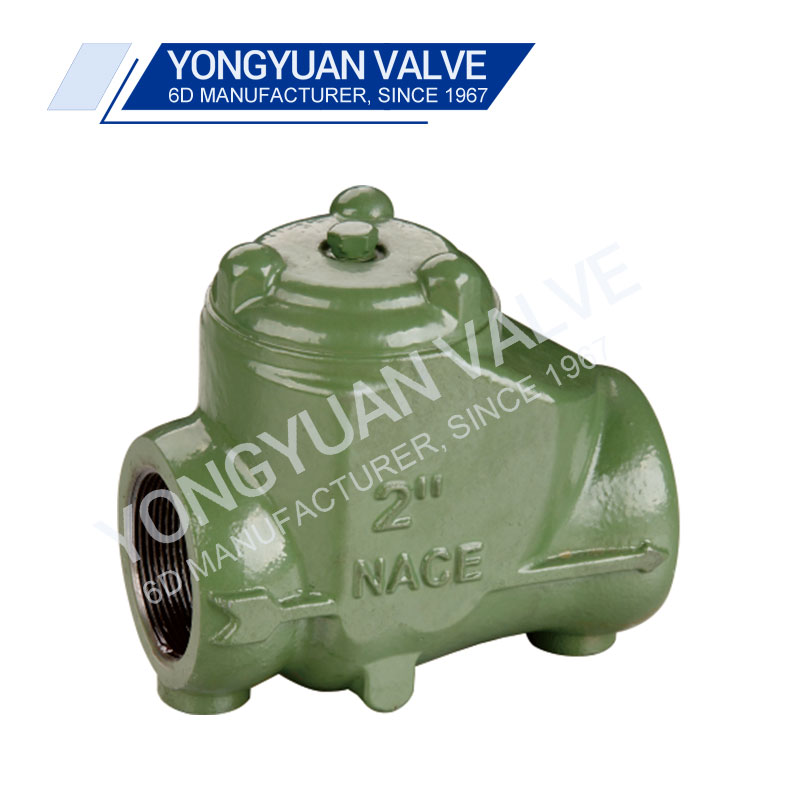
- English
- Español
- Português
- русский
- Français
- 日本語
- Deutsch
- tiếng Việt
- Italiano
- Nederlands
- ภาษาไทย
- Polski
- 한국어
- Svenska
- magyar
- Malay
- বাংলা ভাষার
- Dansk
- Suomi
- हिन्दी
- Pilipino
- Türkçe
- Gaeilge
- العربية
- Indonesia
- Norsk
- تمل
- český
- ελληνικά
- український
- Javanese
- فارسی
- தமிழ்
- తెలుగు
- नेपाली
- Burmese
- български
- ລາວ
- Latine
- Қазақша
- Euskal
- Azərbaycan
- Slovenský jazyk
- Македонски
- Lietuvos
- Eesti Keel
- Română
- Slovenski
- मराठी
- Srpski језик
Working Principle of Check Valve
2024-06-19
The working principle of the check valve essentially relies on the laws of fluid dynamics. Its core function is to regulate the opening and closing of the valve by the pressure of the fluid itself and the weight of the valve disc itself, thereby preventing the fluid from flowing in the opposite direction.
When the fluid flows forward normally, the pressure generated by it will act on the valve disc of the check valve. This force is enough to overcome the deadweight of the valve disc and the resistance encountered during the flow process, thereby pushing the valve disc up or rotating, so that the valve opens and allows the fluid to pass smoothly.
When the fluid flows in the opposite direction, the valve disc will be subjected to the dual effects of the reverse pressure of the fluid and its own gravity. This combined force will cause the valve disc to be tightly pressed against the valve seat, forming a sealed barrier, thereby effectively preventing the fluid from flowing back.
The design of the check valve is diverse, and it can be mainly divided into two types: lift type and swing type. The lift check valve controls the flow of the fluid by vertically lifting the valve disc, while the swing check valve is opened and closed by rotating the valve disc around a certain axis.
When installing and using a check valve, one thing that needs special attention is that the flow direction of the medium must be consistent with the direction of the arrow marked on the valve body. This is to ensure that the check valve can normally perform its function of preventing fluid backflow.




